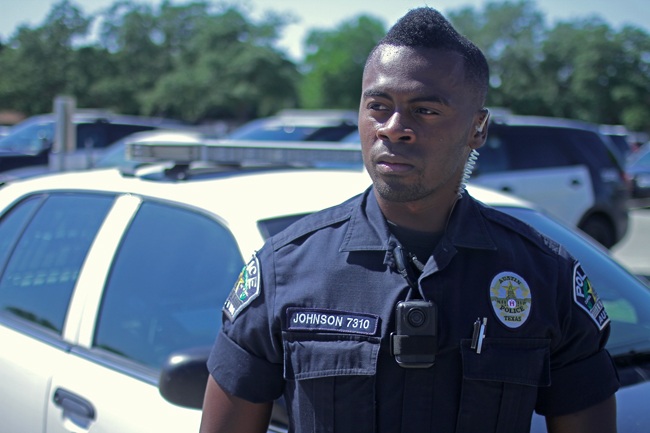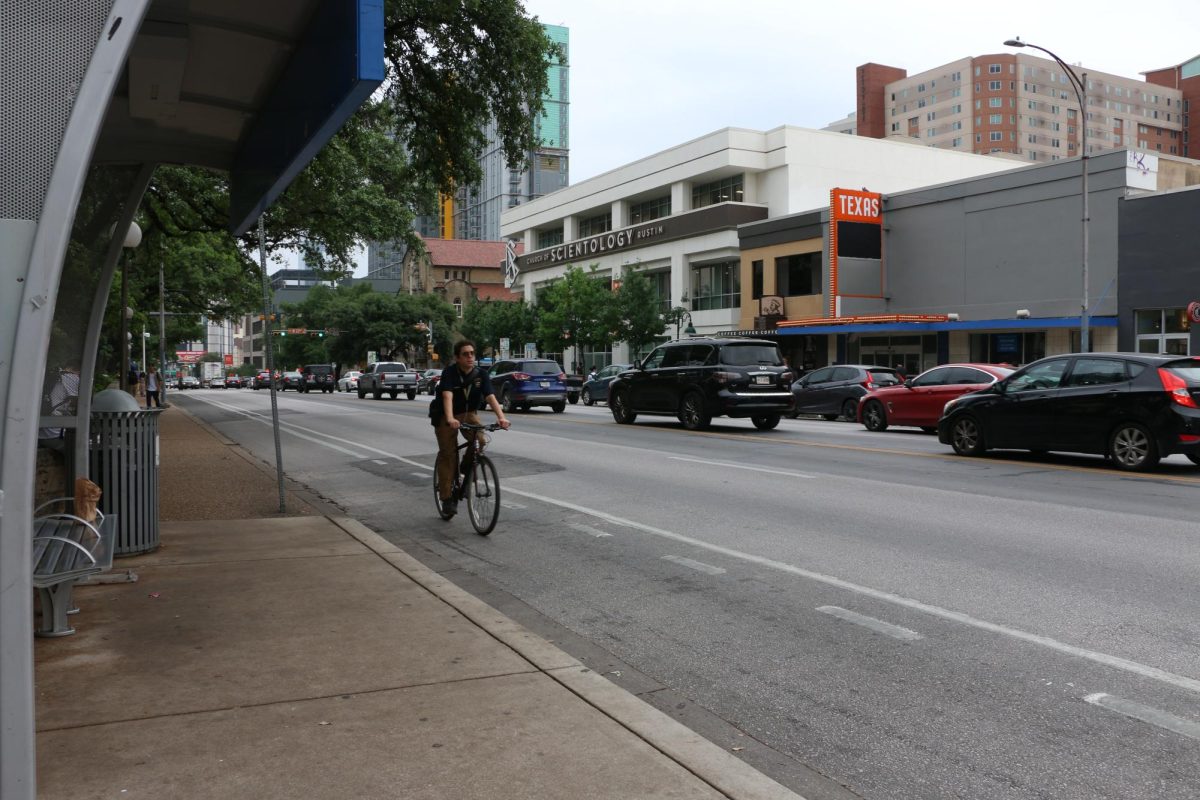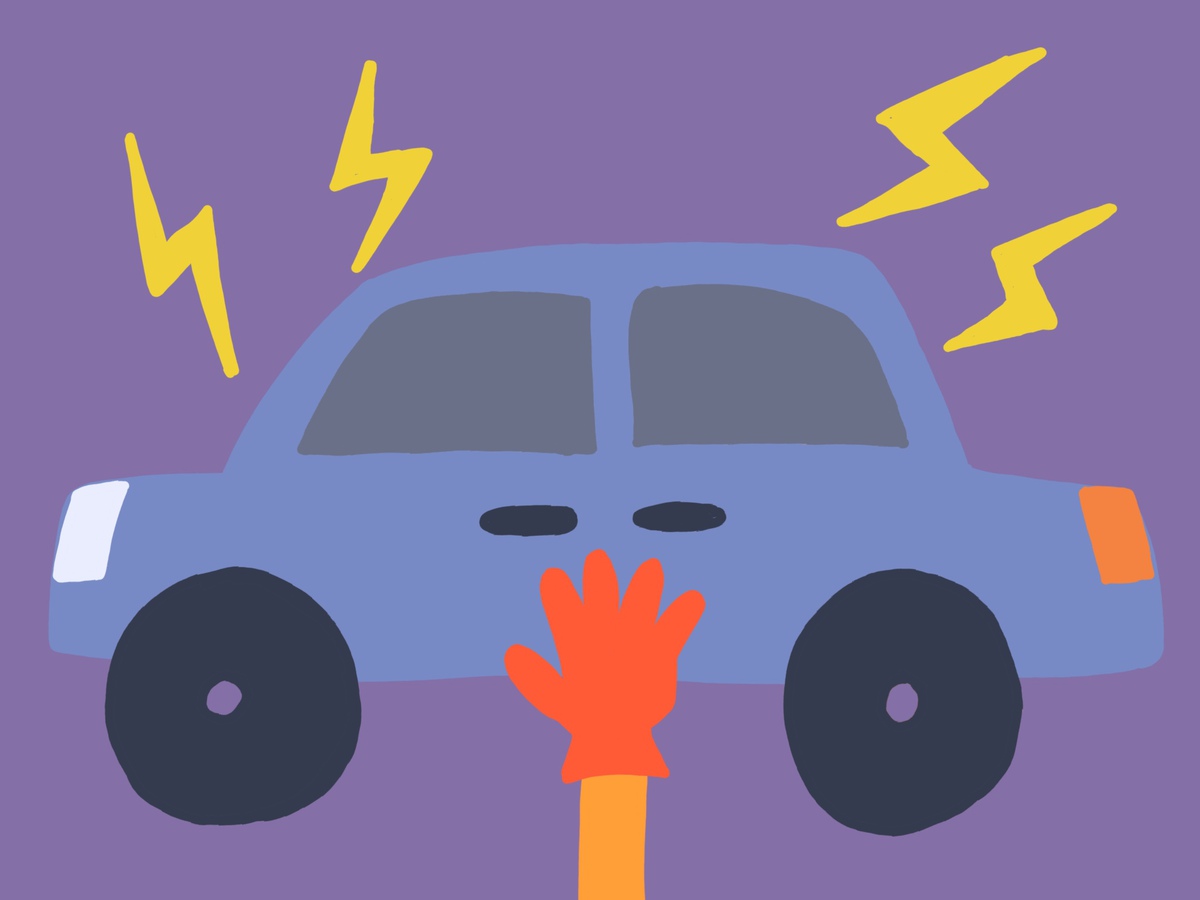Over the next two to five years, the Austin Police Department will implement plans to equip its officers with body cameras — and in the meantime, 25 APD officers have purchased cameras on their own.
Several officers said they decided to buy cameras on their own initiative to be more transparent in their work, and because many of them had dealt with false accusations of misconduct.
After experiencing a few incidents where citizens threatened to make allegations of misconduct against him, APD officer Marcos Johnson decided to get his own body camera approximately a year ago.
“This was during the time when they knew our patrol car [camera] wasn’t facing our direction, so, after having to deal with someone who was potentially going to make false allegations against me, … I was concerned that there’s always a potential for more of those,” Johnson said.
Since purchasing his body camera, Johnson said he and his fellow officers have faced more accusations, but in all cases been exonerated based on footage captured by the body camera.
Officers initially tested out the cameras a year ago, hoping to implement them department-wide, but found the technology did not perform as well as they would have liked, according to assistant police chief Jason Dusterhoff.
The department is currently looking at 17 different vendors for the cameras, which Dusterhoff said he hopes will ultimately improve both police and civilian behavior.
“We also think we’re going to have expedited resolution of complaints and lawsuits,” Dusterhoff said. “When you’re able to have video or audio of something, it’s not this person’s word against another’s — it’s very concrete.”
Questions of police misconduct have been thrust into the national spotlight over the course of the last year with a number of high-profile cases involving police officers apprehending and, at times, injuring African American men. Last August, white police officer Darren Wilson shot and killed Michael Brown, an African-American teenager, in St. Louis, Missouri. Though Wilson was not indicted, Brown’s death sparked nationwide protests. In November, officers in Cleveland, Ohio, killed 12-year-old Tamir Rice at a public park. Earlier this month, a white police officer, Michael Slager, shot and killed Walter Scott as Scott tried to run away, in an incident captured on film by a bystander. This week, nationwide protests have focused on Freddie Gray, who died of spinal cord injuries while in police custody two weeks ago in Baltimore, Maryland.
“If a situation like that were to occur, I assume that having the body cameras … then all the officers on the scene would have different angles and points of view, and then they could get down to what happened and why this person lost his life and what led up to the incident,” Johnson said. “With incidents like that, body cameras are going to come into play and definitely going to help with a better understanding of what took place.”
UTPD Chief David Carter said he considers the idea of body cameras a “no-brainer,” but said many police departments are still trying to solve issues related to data storage and funding.
“The camera is relatively inexpensive, and that’s not an issue in terms of cost,” Carter said. “The technical back-end issues and solutions and how to retrieve the data and how to make sure it’s secure [are] fairly expensive.”





















